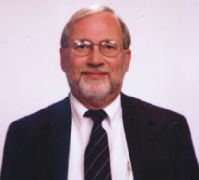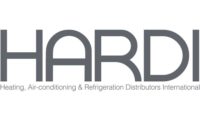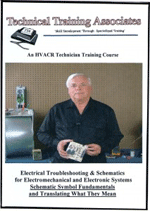
Digital controls can provide control strategies and energy conserving features not possible with any other control system type. They can collect and compare information on equipment operation from a large number of inputs. The collected information is used by the system to perform complex calculations which determine control command outputs for optimal operation.
Inputs
Sensors collect information from the system and use them as inputs to a digital controller which uses this information to make decisions about the control of the system. A wide variety of sensor types are available. Sensors detect temperatures, pressures, humidity, air velocities, damper and valve positions, blower speed, air quality, and more.There are two general sensor types: digital and analog. Analog means varying. A varying temperature or changing pressure may be sensed by a control which in turn creates a variable voltage or amperage signal which is used as an input to the controller. Analog inputs are usually indicated by the letters AI. Analog inputs can include:
Each of these sensors measures a variable, converts the variable to a varying voltage or current signal, and sends the signal to the controller as an input for the controller¿s software to make decisions as to the operation of the system.
Digital inputs (DI) are on and off signals. A simple two-position switch is a digital device. A motor may be on or off, or a smoke detector may be in alarm or not. Examples of digital signals are the status of loads and alarms such as the following:
Outputs
After the controller receives the inputs and uses its software program to make appropriate control decisions based upon the inputs, the controller then sends output signals to the equipment to optimize operation.Like input signals, output signals also may be analog or digital. Analog output (AO) signals are varying voltages or currents used to control motor speeds, valve positions, air and water flow rates, or other variables. Examples may include:
Digital output (DO) signals simply turn loads on or off, usually called start/stop functions. The term ¿enable¿ is also used. Examples are:
Digital output signals also determine the sequence of operation, where loads must be brought on in a particular order. Status (or DI) signals must prove that each load actually came on before the next DO signal is allowed to enable the next load in the sequence.
Analog and digital inputs and outputs are called ¿points.¿ Therefore, we can develop a ¿point list¿ for any given application to identify all the analog and digital inputs and outputs available. Additional points can be added as necessary.
Control Strategies
Once analog and digital inputs and analog and digital outputs are available, it is possible to program sophisticated control strategies into the software of the controller. The controller is simply a microprocessor or computer. DDC control systems usually use application-specific controllers. These controllers are designed to meet the needs of HVAC control.DDC controls are capable of performing all the common control functions that electromechanical and pneumatic controls can. However, DDC controls can do far more. Common control functions include night setback, summer/winter setback, outdoor air reset, boiler reset, precise enthalpy economizer control, occupancy scheduling, equipment staging, load shedding, and more. DDC systems can compile energy consumption information and operational history for downloading and analysis as well as scheduling maintenance.
Optimal Start/Stop And Adaptive Control
One of the more important energy conserving features is optimal start/stop. The control system sensors compile information on how long it takes for the system to reach comfort conditions during a variety of indoor and outdoor conditions. This information is then used as the basis for microprocessor calculations which determine the optimal times to start and stop equipment to maintain comfort conditions at the least cost.The system actually learns over time what the best action is for its operational conditions based upon how the system has reacted in the past. The system thus self-tunes and becomes more intelligent as time goes by.
In summary, here is a list of some of the benefits of direct digital control systems:
Norm Christopherson is a technical writer, seminar presenter, and former HVACR instructor. He is currently seeking training opportunities. He can be contacted at nchristo@juno.com.
Publication date: 10/06/2003









